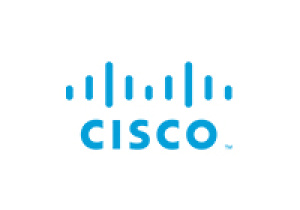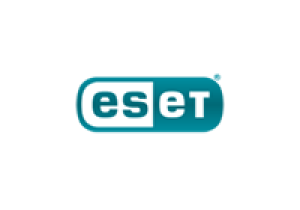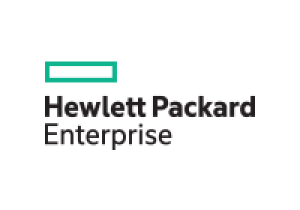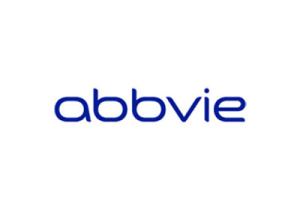
Peter Krcho
Peter KRCHO graduated at the Faculty of pediatry UK in Prague and got the attestation of pediatry a neonatology. He is currently working in Clinic of Neonatology LF UPJS and DFN in Kosice as the head of the clinic. He is also regional neonatology expert for the region of Kosice and member of Neonatology society SPS committee since 2008 and the organizer and director of regular international conferences Kosicka neonatologická and other conferences of neonatology in Slovakia. He has become a director of non-profit organization Krajská neonatologická Novorodenec in 1997. Mr. Krcho becomes the founder and member of executive European committee Union of European Neonatal and Perinatal Societies in 2006. He was awarded by ITAPA award in 2012 and by Microsoft Industry Award Winner in 2012. His professional interests include ventilatory support, body hypothermia, monitoring of organ circulation in newborn, newborn utlrasonography, newborn resuscitation, prevention of nosocomial infections in newborns, SWOT analysis and strategic planning, EBM – medicine based on valid information, database systems in neonatology and usage of IT technologies in intense medicine.
Sign in to ITAPA Health&Care 2025
-
A Newborn – Digital Communication Solution for Transport of Newborns
The application NEWBORN is in pilot since June 2014. Every situation has brought new ways how to use the systems, program tools open new level of communication between the personnel and patient's parents. It is one of a kind solution in Europe, unique because of either-way data replication in on-line as well as off-line regime, with integrated ultrasonographic device for more accurate diagnostics. It uses DICOM browser with Microsoft Azure guaranteed data security . Pilot operations brought new perspectives especially in the most critical situations – possibility to consult another expert or a specialist in cases of care termination due to an unsoluble congenital defect, possibility to send and receive findings before and during the transport, possibility of either-way delivery of documents between receiving and dispatching workplaces or its delivery directly to e-mail of parents during the transport. It brings much more effective reporting on patient conditions during morning visits and new education possibilities in this era of shortage of neonatologists in Slovakia. -
Mobility for rescue of child patients
-
Visualization of ultrasound findings in critically ill newborns
The purpose of the lecture is to present and describe the system of archiving and assessment of ultrasound findings in critically ill newborns. In recent years, the range of possible examinations and displaying directly at a patient's bedside has grown radically. The basic examination is done using ultrasound medical device Aloka Alpha 6. The purpose of ultrasound examination in newborns is: 1. detection of life-threatening morphological developmental defects of organ systems, 2. assessment of circulatory characteristics, 3. assessment of effectivity of selected intervention procedure, 4. assessment of possible damage to tissue and organs. During examination, static, dynamic and computer-modified images are stored. Storing of video sequence, which assesses dynamics of tissue movement, is part of the examination. The recorded data are then stored in a hard disc drive of ultrasound device and laptop via WiFi. A large-screen display is produced using a high-power tablet. The purpose of this system is to store data in different places while linking them to a database of patients. In addition, the system is aiming at fast and simple access to information about patients during daily medical rounds directly at patients' bedside (incubator with a lot of equipment) and information displaying on a large screen for physicians, nurses, parents, as well as for medical students and trainees. The system enables easy selection and comparison of findings. The diagnoses are parallelly supported by digital data.
Main positive points of the project. Safe archiving, fast overview of findings, comparison of findings, continual education, elimination of necessity to expose a patient to repeated examinations in the event of unclear findings. Higher level of communication and more effective and early intervention.



















